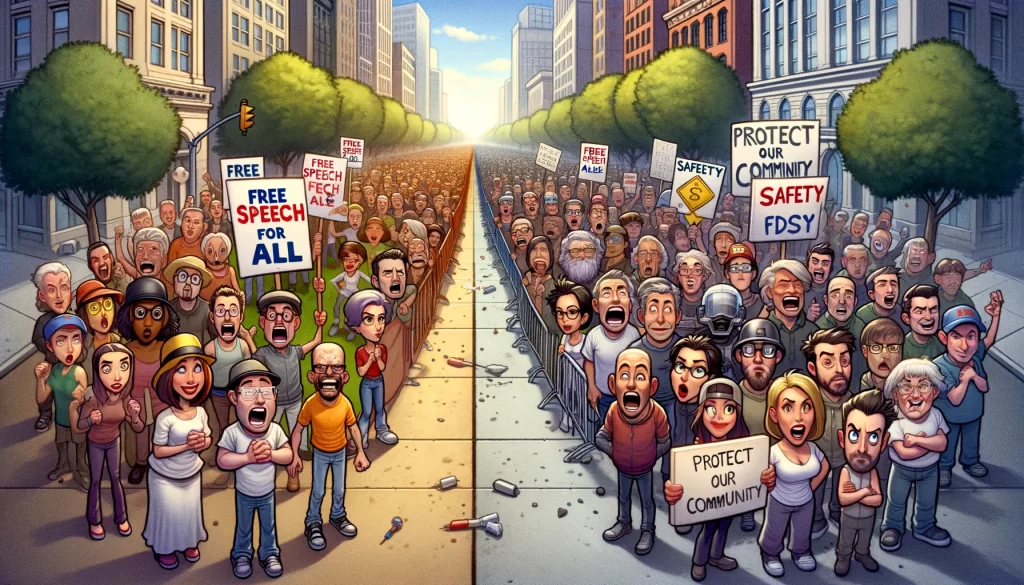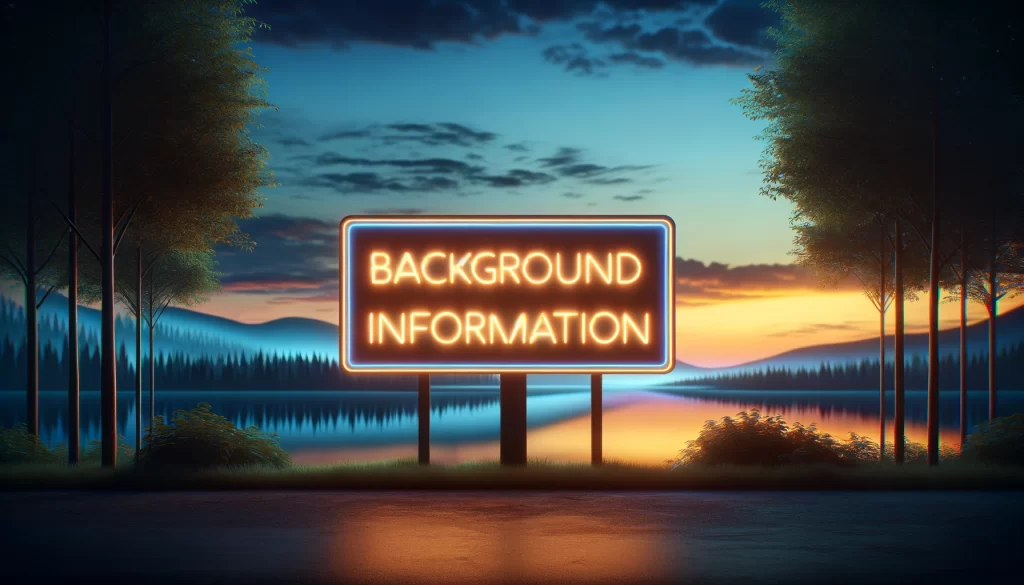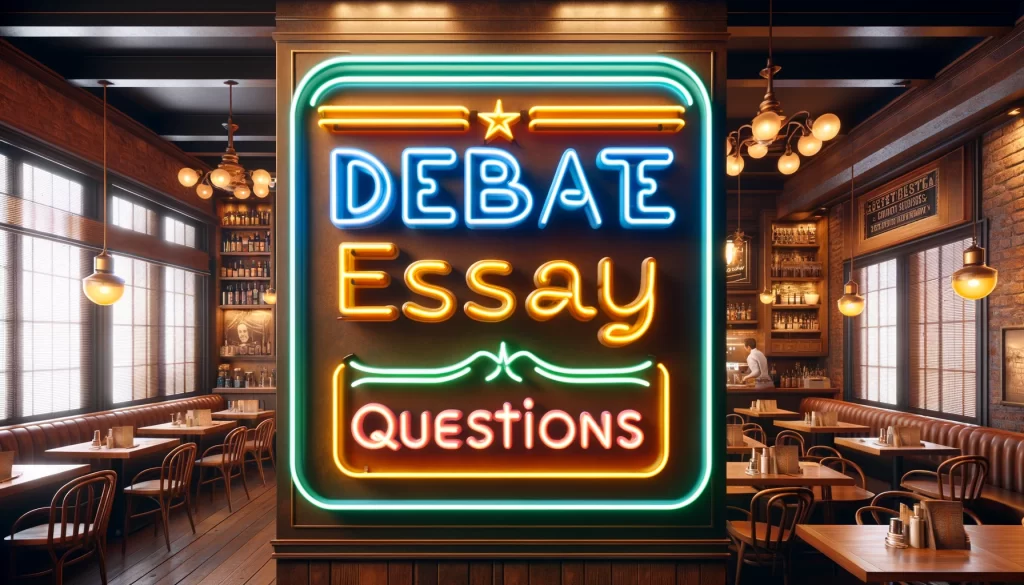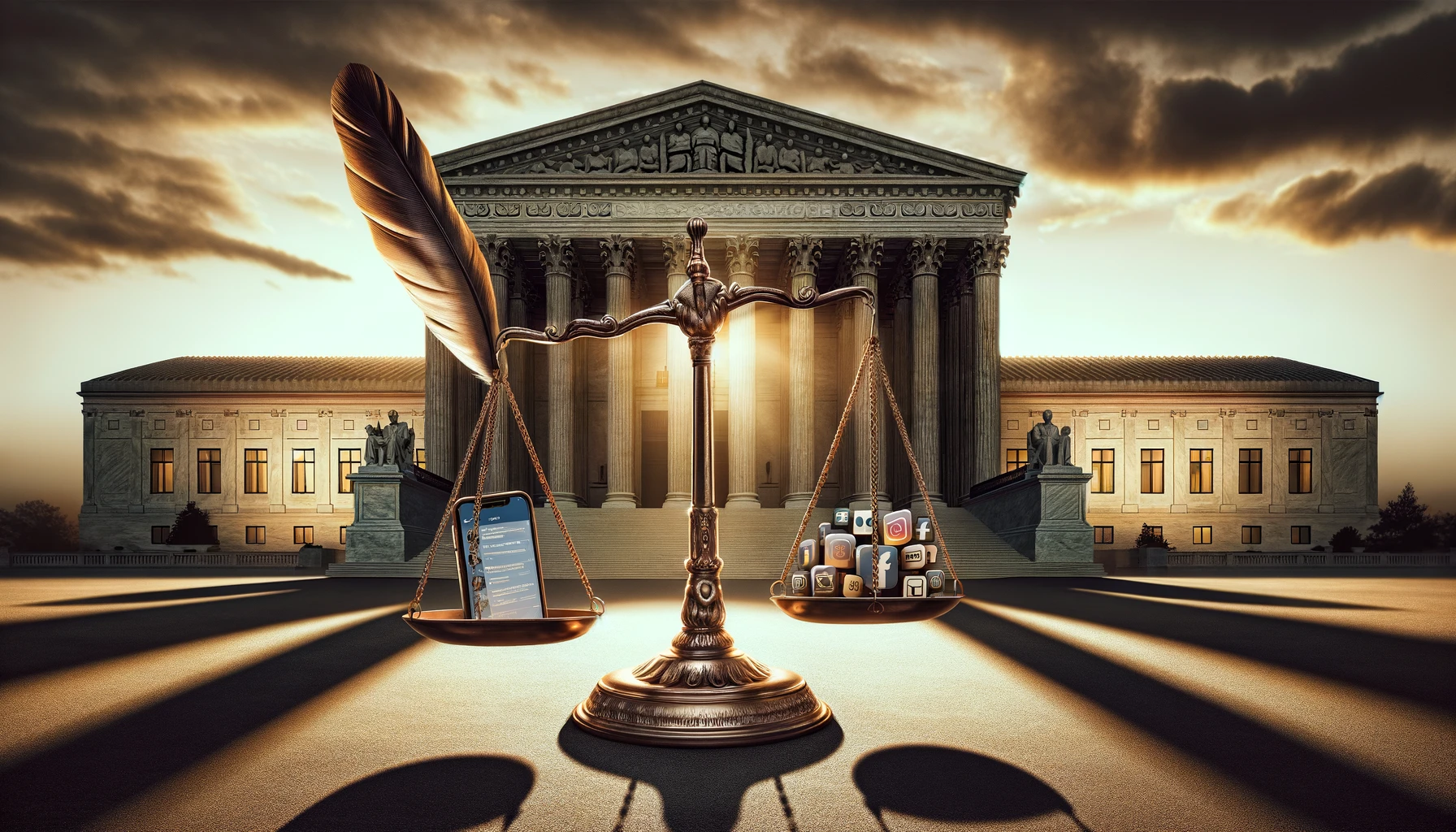In a significant event that puts the spotlight on the First Amendment in today’s digital world, the U.S. Supreme Court is scheduled to hear arguments today for a case that has everyone talking about the government’s role in managing online information. This case came into the limelight when the 5th U.S. Circuit Court of Appeals, known for its conservative stance, issued a ruling preventing certain government officials from interacting with social media companies. This decision affected various officials, including those from the White House, the Centers for Disease Control and Prevention, the FBI, and more, particularly regarding their efforts to address misinformation about COVID-19, election interference, and other topics online.
At the heart of this legal battle are two states, Missouri and Louisiana, along with five individuals who faced bans or reduced visibility on social media platforms during the COVID-19 pandemic. They argue that their freedom of speech was infringed upon. On the other side, the Biden administration argues that the government has the right to share its perspective and encourage actions that benefit the public, stressing the importance of using the president’s influence to persuade both Americans and companies towards actions that serve the public good.
The administration’s critics, however, see this as an inappropriate use of power, suggesting that the government is indirectly censoring speech by leveraging social media companies. This debate raises questions about the balance between government persuasion and coercion, and whether the government’s interactions with these platforms cross a line.
The backdrop of this issue includes the government’s efforts to combat misinformation during the COVID-19 pandemic. Social media companies, seeking to promote reliable information, often consulted with health agencies. However, the plaintiffs in the case point to numerous communications they believe show the government pressuring social media platforms to censor certain viewpoints.

The administration, for its part, denies these coercion allegations, arguing that its communications with social media companies were misinterpreted. For example, a seemingly aggressive email from the White House to Facebook was actually about a technical issue with the President’s Instagram account, not about moderating content.
Beyond the specifics of this case, there’s a broader debate about the role of social media companies in public discourse. These platforms argue that, like traditional media, they have the right to decide what content appears on their sites, a stance challenged by those who view them as utilities that should not curate content.
This Supreme Court case is not just a legal battle but a reflection of ongoing tensions between government influence, free speech, and the role of social media in society. With both sides presenting strong arguments, the outcome could have significant implications for how information is shared and managed online, especially by the platforms that have become central to public debate.
This article is based on the following article:
https://www.npr.org/2024/03/18/1238122337/supreme-court-social-media-disinformation-first-amendment

Background Information
By understanding these background elements, readers can better grasp the complexities of the Supreme Court case and its broader implications for society, government, and the digital landscape.
1. The First Amendment:
The First Amendment to the United States Constitution is a crucial part of the Bill of Rights and protects several fundamental rights, including freedom of speech, freedom of the press, the right to assemble peacefully, and the right to petition the government for a redress of grievances. In the context of this case, the focus is primarily on freedom of speech and how it applies to what can be said or shared on social media platforms.
2. Role of Social Media in Society:
Over the last two decades, social media platforms like Facebook, Twitter (now X), and YouTube have become central to how people communicate, share information, and form opinions. These platforms are not just for social interactions; they also play a significant role in the dissemination of news and information, shaping public discourse on a global scale.
3. Government Interaction with Social Media:
Governments worldwide interact with social media companies for various reasons, including public health campaigns, election integrity efforts, and combating misinformation. This interaction has raised questions about where the line is drawn between necessary public communication and undue influence or censorship.
4. Misinformation and Censorship:
Misinformation refers to false or misleading information spread, often without harmful intent, whereas disinformation is deliberately deceptive. Censorship involves suppressing speech, public communication, or other information. The tension between controlling misinformation and protecting free speech is a complex issue, especially during crises like the COVID-19 pandemic.
5. Legal Precedents and Government Speech Doctrine:
The government speech doctrine is a legal principle that holds that the government may control the content of its own speech without violating the First Amendment. This case involves exploring the extent to which the government can encourage or pressure private companies to align with its views without crossing into coercion or censorship.
6. The Supreme Court and Its Role:
The Supreme Court is the highest court in the U.S. and has the final say in interpreting the Constitution. Its decisions set precedents that affect all aspects of American life, including the limits and protections of free speech. The court’s involvement in this case underscores its importance and potential impact on future interpretations of the First Amendment in the digital age.
7. Understanding Coercion vs. Persuasion:
In the context of this case, it’s essential to differentiate between persuasion and coercion. Persuasion involves influencing someone’s beliefs or actions through argument or appeal, which is generally acceptable. Coercion, however, involves forcing someone to act in a certain way through threats or pressure, raising concerns about freedom of choice and speech.
8. The Significance of the Case:
This case is significant because it could redefine the boundaries of free speech on the internet and clarify the extent to which the government can interact with social media companies regarding content moderation. It touches on fundamental issues of democracy, the right to information, and how modern technology impacts these rights.

Debate/Essay Questions
- How should misinformation on social media be handled without infringing on free speech rights?
- Should social media platforms be considered public forums where free speech is protected, or should they be allowed to moderate content as private companies?
Please subscribe to Insight Fortnight, our biweekly newsletter!
